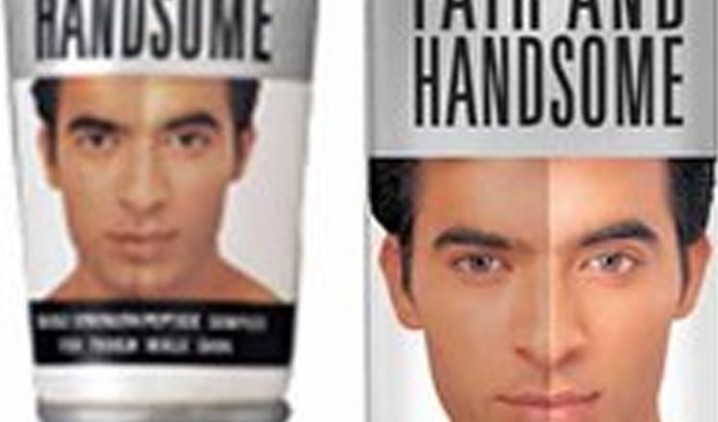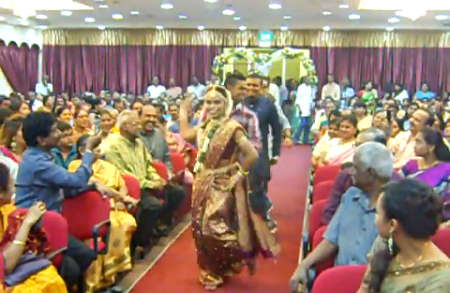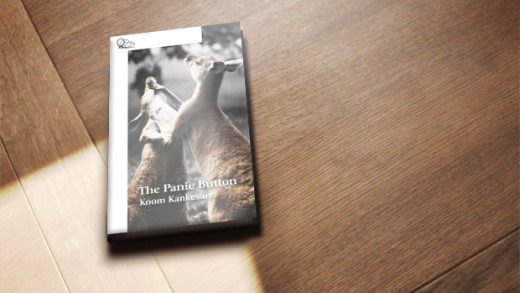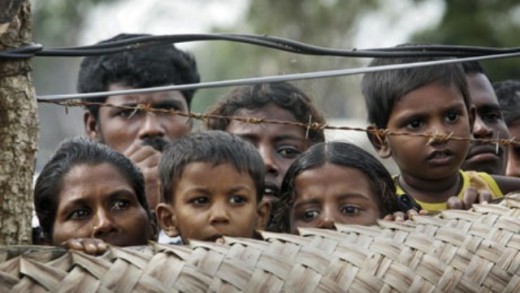It was late at night. I was probably about four or five and searching for my mother. At last, I found her in the kitchen. She was mixing some red powder into her milk. “What’s that?” I asked curiously. “Oh its saffron powder. If I dilute it into milk and drink everyday, you will get a fair sister,” she said while stroking her abdomen. “Don’t you want a fair beautiful sister?” I nodded, smiling eagerly. Thus began my admiration for fairer skin. The saffron powder worked and my sister was born really fair. I’m kidding, of course.
My family has always boosted my self-confidence about the colour of my skin. I was told by my parents to see Rajinikanth as a role model – a dark skinned movie star and action hero with a cult following as far away as Japan. And while watching the movie Men In Black, my aunts made reference to Will Smith and pointed out how similar we were.
Yet despite the ego boost from my family, it did not stop Tamil teachers from using terms like “cute sevatha payyan” (cute fair boy) to describe the fair skinned boys and put them on lead roles for school dramas. And when the movie Alaipayuthey was released, the fair skinned boys suddenly became Madhavan. I felt a sharp twinge of envy with a dose of discrimination. I knew from that point forward that having a dark complexion was not a gift.
It is all the more challenging for dark skinned females in Tamil society. The sharp pain of skin-based discrimination is even more pronounced for the “fairer” sex. Even while the Madhavans and Shyams came and went, mustachioed dark skinned men like Rajinikanth, Ilayaraja and Lawrence Raghavendra ruled Tamil cinema for generations. Yet there is no counterpart among our women.
To begin with, Tamil cinema has rarely seen a dark heroine. Kollywood has seldom had film heroines from Tamil Nadu itself, preferring to draw upon the ivory-toned damsels of North India. And even while “Black is the Tamil’s colour” was a popular catchphrase when the hit song “Karupu dan enaku pidicha color” came out, the truth is black has never been glamourized as the Tamilachi’s colour. For a people who are for the most part dark, this is blatantly preposterous.
Ironically, unlike South Asian cinema, Western pop culture has shown remarkable progressiveness towards dark skinned Tamil celebrities irrespective of gender. M.I.A. is a global musical icon. Mindy Kaling of The Office now stars in her own hit prime time sitcom The Mindy Project on FOX. Aziz Ansari is among the most popular comedians on the stand-up circuit. M. Night Shyamalan and Jay Chandrasekhar are two of the biggest directors in Hollywood and network TV, respectively. And while Sendhil Ramamurthy is seen as a hearthrob by Western media, I’m sure this “Hero” wouldn’t have even been cast as the hero’s best friend in a Bollywood movie.

So how does our fair skin fetish translate to the dating scene? From dashing mocha latte boys to proud ebony skinned Tamils, there is always a huge queue to snag the “prize” that is the fair Tamil woman.
I admit I was no exception. I recall crushing over one particular Iyer girl whom everyone in my school lusted after. To win her over, I made friends with her best friend, who was dark. Upon uncovering my scheme, she later snapped, “Look! I know why you’re suddenly being nice to me! Do you know how annoying it is when I make an effort to dress up everyday and to have every guy pass over me and approach her?”
Perhaps this fair skin worship is ingrained our culture. The epic Kamba Ramayana is a good example. When Hanuman departs for Lanka, Rama gives the following description of Sita – “Lotus has its petals pale but thou will see no imperfection” – thus valourizing the fair complexion of Sita. However, the same Kambar (author of the Ramayana in Tamil) compares Rama’s dark skin to “Kaarmegam” or beautiful dark clouds that bring rain. The antagonist Ravana is a Tamil Dravidian King. Ancient paintings portray him as a dark skinned person while his wives are shown in paler form.

Skin complexion obsession is a dilemma that afflicts the entire Indian subcontinent in some form. The cosmetics industry has seen its fair share of success from capitalizing on this insecurity. Fairness creams account for around 60% of skin care business at around an estimated 700 crore rupees in India. And it’s not just the ladies. Fair and Lovely has a male counterpart, Fair and Handsome, with Surya as the lead advertising model.
So are we Tamils simply insecure? Though we advocate strongly against racism, Jim Crow segregation laws and the apartheid movement, we continue to discriminate against our own on the basis of colour. Where did we get our hypocrisy? Has 300 years of colonization made us psychological slaves to fairer and paler skin? Or should we blame our culture and media? It is likely an amalgam of all of the above factors.
Yet in order to move forward as a society, we must acknowledge and address our hypocrisy. Only then can a truly inclusive society – one that accepts beauty in all forms and colours – be achieved.

 Guest Contributor
Guest Contributor









